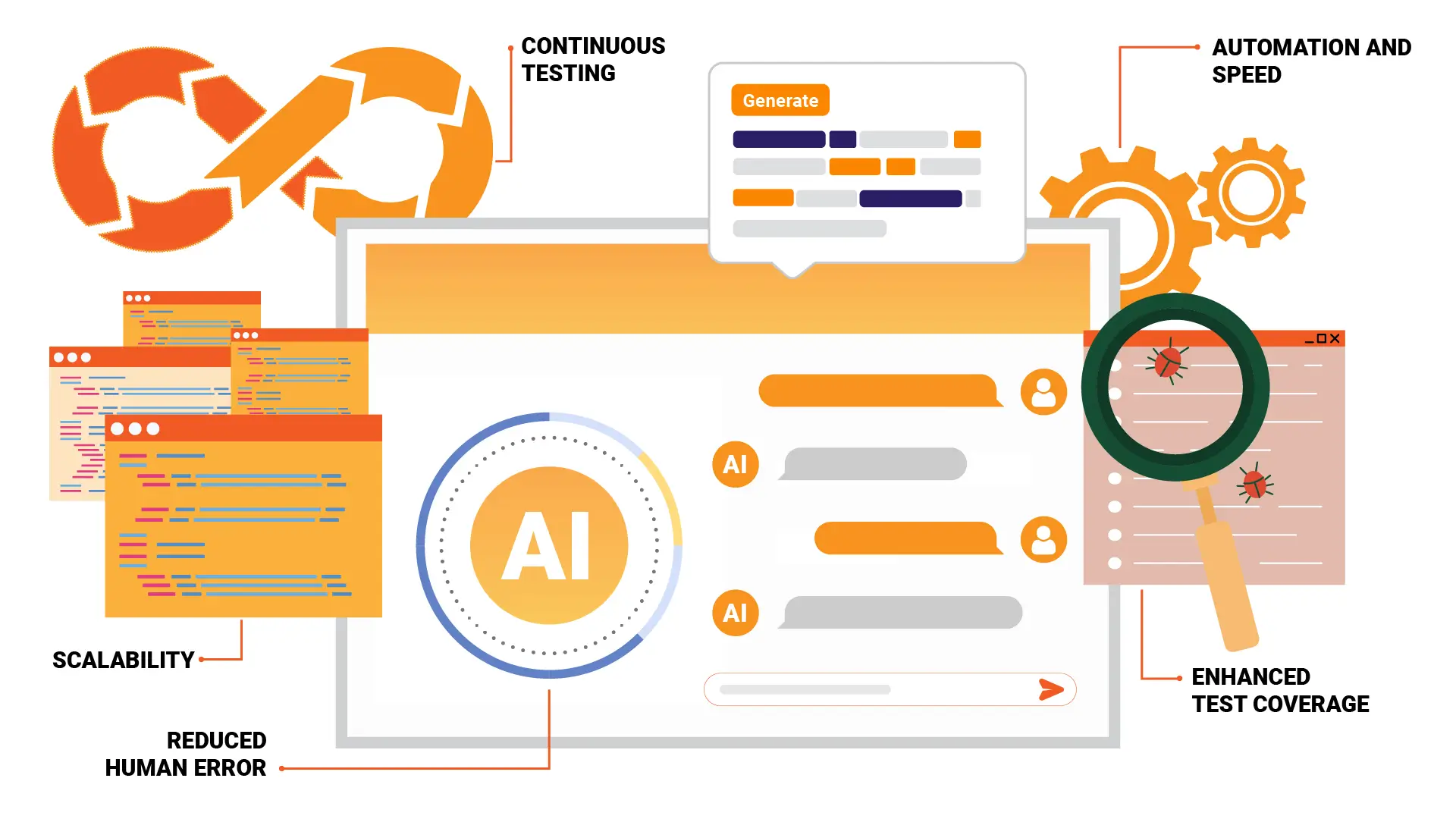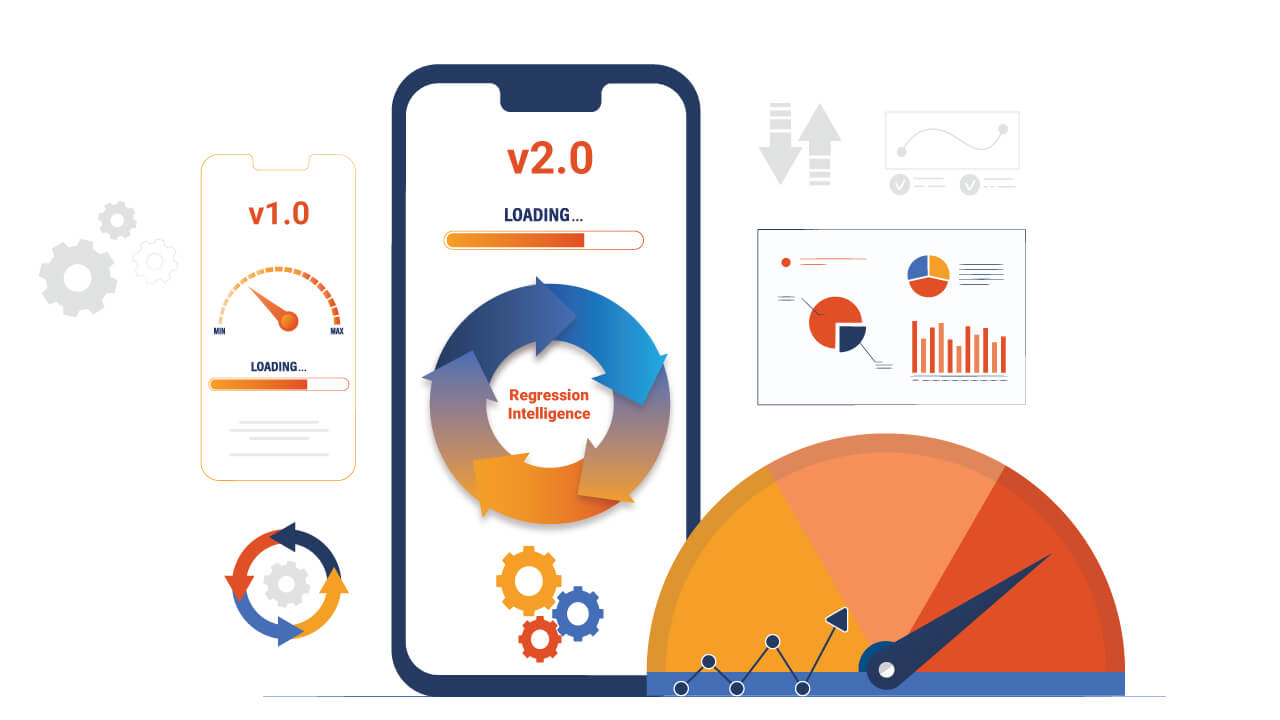Where user experience can make or break your website, cross-browser compatibility is a cornerstone of website development. It's not just about looking good; it's about functioning right, reaching wider, and delivering value, regardless of the user's browser preference. Let's embark on this comprehensive journey, uncovering the best practices for cross-browser compatibility and the pivotal role of HeadSpin in redefining test automation.
The Essence of Cross-Browser Compatibility
Imagine this: you've spent countless hours crafting a stunning website, only to discover it's a visual and functional mess on certain browsers. Frustrating, right? This is where cross-browser compatibility sweeps in. It's the discipline that ensures your website provides a consistent and engaging user experience across various browsers, from Chrome and Firefox to Safari and beyond.
Embracing Automation in Browser Compatibility Testing
Automation is not just a buzzword; it's a strategic approach that transforms the tedious task of browser compatibility testing into a more manageable, efficient, and accurate process. When you automate your testing, you're not just running scripts; you're deploying a battalion of virtual users who interact with your website across many browser environments, uncovering issues that might slip past human testers.
Automated testing tools like Selenium or Cypress can simulate complex user behaviors across various browsers and devices, identifying glitches that could disrupt the user experience. This approach allows for the execution of repetitive tasks without human error, ensuring consistent test results. Moreover, automation enables you to test your website on a combination of browsers and operating systems that might not be readily available for manual testing, thus broadening your testing scope.
However, it's crucial to balance automation with manual testing. While automated tests excel at identifying functional discrepancies and layout issues, they might not fully capture the user experience's nuances. A hybrid approach, where automated testing is complemented by manual testing, especially for exploratory and usability testing, can provide a comprehensive understanding of your website's cross-browser performance.
Understanding the User's Perspective
Delving into the user's perspective means stepping into their shoes and experiencing your website as they would on different browsers. This empathetic approach can reveal insights that purely technical evaluations might miss. For instance, a feature might work perfectly across browsers but may be perceived as cumbersome or unintuitive by users on a particular browser due to its unique interface or user base's expectations.
User feedback can be a goldmine of information. Are they clicking where you expect them to? Do they find the navigation intuitive? Such data can guide you to make user-centric adjustments that enhance the cross-browser experience.
Incorporating analytics is another way to gauge the user's perspective. By analyzing traffic and behavior patterns across different browsers, you can prioritize optimizations for the browsers most used by your audience.
Global Trends in Browser Usage
Understanding global trends in browser usage is like having a roadmap that guides your cross-browser compatibility efforts. Different regions and demographics have distinct preferences, influencing how you allocate your resources and testing efforts. For example, while Chrome might dominate in one country, Firefox or even a less common browser could be the preferred choice in another.
Staying informed about these trends requires accessing and interpreting data from various sources, like browser usage statistics from analytics platforms or industry reports. This knowledge not only informs your testing priorities but can also guide your design and development strategies. For instance, if a significant portion of your target audience uses a browser known for its strict compliance with web standards, you might prioritize clean, standards-compliant code.
Moreover, understanding these trends can help you anticipate shifts in browser popularity. As new browsers enter the market or existing ones evolve, being attuned to these changes can keep you ahead of the curve, ensuring your website remains compatible and relevant to your audience's needs.
Also Read: A Comprehensive Guide to Measuring and Comparing Cross-Platform Performance Metrics
Best Practices for Ensuring Cross-Browser Compatibility
Responsive Design is Key:
- Emphasize fluid layouts, flexible images, and CSS styling that adjusts to screen sizes. This approach ensures your website adapts to any device, offering a seamless user experience.
- Utilize responsive design frameworks like Bootstrap or Foundation, which provide a robust starting point and reduce the time you spend troubleshooting compatibility issues.
Progressive Enhancement Strategy:
- Build your core website content for basic, non-enhanced browsers first, then add more advanced functionalities for browsers that can handle them. This way, your site remains accessible to everyone.
- Test your website's basic functionalities without JavaScript or CSS to ensure the core content is accessible on all browsers.
Feature Detection Over Browser Detection:
- Instead of writing code based on the browser, use feature detection to check if a browser supports a particular feature. Libraries like Modernizr can be invaluable for this.
- Feature detection ensures that your website uses the capabilities of the user's browser to its fullest, providing a better experience without leaving behind users of less capable browsers.
Regular and Rigorous Browser Compatibility Testing:
- Test your website on multiple browsers, including different versions, to ensure consistent performance. Remember to include mobile browsers in your testing.
- Use browser developer tools to simulate various environments and quickly identify issues needing attention.
Use of Cross-Browser Testing Tools:
- Employ automated testing tools like Selenium or HeadSpin to streamline your testing process, enabling you to identify and fix issues more efficiently.
- These tools can simulate various environments, helping you quickly catch and resolve compatibility issues.
Stay Updated with Browser Developments:
- Browsers are constantly updated, and new ones are introduced. Keep abreast of these changes and adjust your testing and development practices accordingly.
- Engage with the development community. Forums, blogs, and conferences can be excellent resources for staying ahead of browser updates and emerging web technologies.
Optimize JavaScript and CSS:
- Make sure your JavaScript and CSS work across browsers by adhering to standard best practices and avoiding features known to have compatibility issues unless they are necessary and you have a fallback plan.
- Validate your code using tools like the W3C CSS Validator and JSLint to catch and correct potential issues affecting browser compatibility.
Consider the User's Perspective:
- Regularly gather user feedback across different browsers to understand their experience and identify any compatibility issues you might have missed.
- Analyzing website analytics can also provide insights into your visitors' browsers, allowing you to prioritize your compatibility efforts accordingly.
By implementing these best practices, you'll not only enhance the cross-browser compatibility of your websites but also elevate the overall user experience, ensuring your website is accessible and enjoyable for the widest possible audience.
Also Read: 6 Tips To Enhance Cross Browser Device Testing
How HeadSpin Transforms Test Automation
HeadSpin, a game-changer in digital experience AI, offers solutions that significantly streamline browser compatibility testing efforts. Here's how:
- Global Device Cloud: Access an extensive array of real devices and browsers across various locations, ensuring your testing covers a broad spectrum of user environments.
- AI-Powered Insights: HeadSpin's AI-driven analysis helps pinpoint issues swiftly, from UI glitches to performance bottlenecks, allowing for rapid resolution.
- Seamless Integration: Using Selenium, Appium, or other automation frameworks, HeadSpin integrates smoothly, enhancing your existing workflows.
- Performance Monitoring: Beyond compatibility, HeadSpin enables real-time performance monitoring, ensuring your website works across browsers and delivers optimal performance.
By incorporating HeadSpin into your test automation strategy, you're not just checking off compatibility boxes; you're putting your website's quality, user satisfaction, and, ultimately, its success in the digital ecosystem.
Final Thoughts
Mastering cross-browser compatibility is less of a chore and more of an investment in your website's future and your audience's satisfaction. With the right strategies and tools like HeadSpin, you can ensure that your website stands as a beacon of reliability and quality, no matter the browser or device.
FAQs
Q1. Why is cross-browser compatibility crucial for SEO?
Ans: Search engines favor websites that provide excellent user experiences. Cross-browser compatibility ensures your site is accessible and user-friendly across all platforms, which can boost your SEO rankings.
Q2 Can I ignore older browser versions when testing for compatibility?
Ans: While focusing on the latest browsers is tempting, remember that not all users upgrade immediately. Ignoring older versions can alienate a segment of your audience, so it's wise to include them in your testing, especially if analytics suggest they hold a significant share.
Q3. How often should I conduct browser compatibility testing?
Ans: Regularly. With constant browser updates and changes in web technologies, what works today might only work for a while. Integrate browser compatibility testing into your regular development cycle to stay ahead.



























-1280X720-Final-2.jpg)










